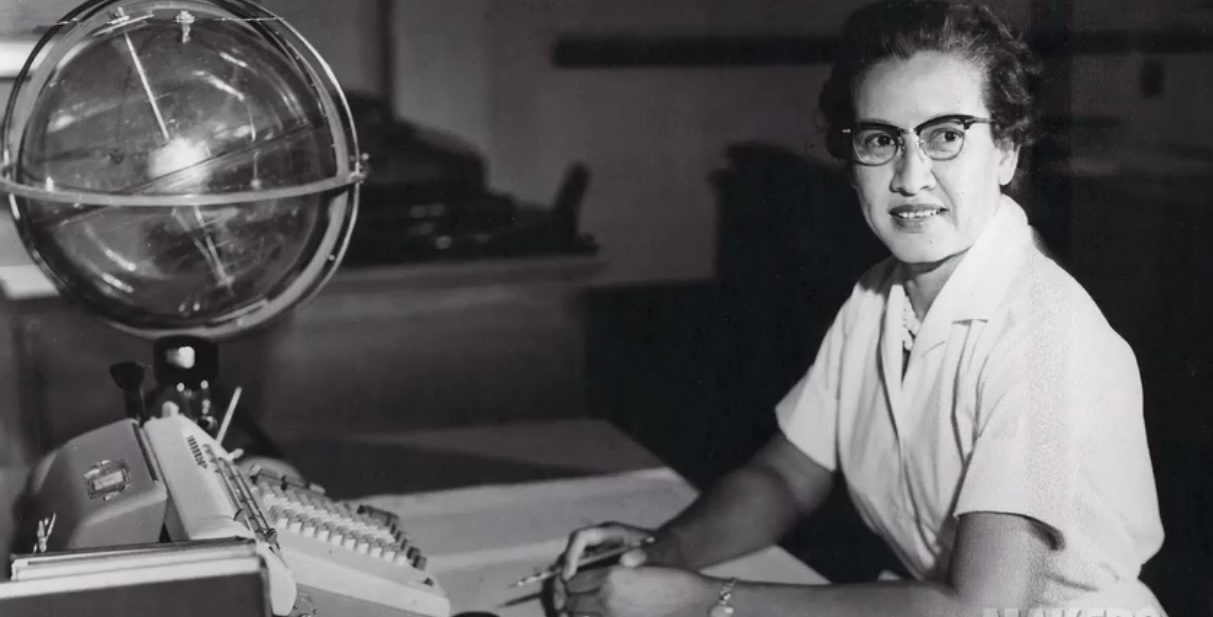On Race and Medicine: Insider Perspectives ed. by Richard Garcia (review)
American Studies
Volume 55, Number 1, 2016
pages 163-164
DOI: 10.1353/ams.2016.0057
David Colón-Cabrera
ON RACE AND MEDICINE: Insider Perspectives. Edited by Richard Garcia. Lanham, MD: Rowman & Littlefield. 2015.
The fields of anthropology and sociology, in addition to health sciences, have problematized the topic of race and medicine extensively. The dubious history of medical practice towards non-white bodies has left deep impacts on the manner in which biomedicine still speaks, treats, and cares for individuals who are not white. Medicine has its own white privilege problem in the way it often sets whiteness (and maleness) as the default body to research, treat, and care for. On Race and Medicine reflects on these challenges by providing an insight into the experiences of practitioners and researchers at the intersection of race and healthcare.
The book falls within the purview of current research and theory exploring the cultural, social, and political aspects of science. While the book does not specifically identify its aim and scope within Science and Technology Studies, it focuses on those involved in the production and practice of medicine. On Race and Medicine relies on narratives that characterize the multidisciplinary nature of medicine from the perspective of a diverse group of academics and health practitioners—though only a third are women. The book presents the experiences and trajectories of the collaborators and their induction to the topic of race within healthcare. Edited by Richard Garcia, the book’s four sections attempt to retrospectively challenge the manner in which health disparities have been evaluated in recent decades. The first section, Health Disparities, sets the tone by arguing how historical and environmental factors can help explain current health disparities. The Personal Essay presents the omnipresent effect that a racial and ethnic identity has in developing attitudes and behaviors towards healthcare. In Race and Medicine several collaborators reflect on their own biases, attitudes, privileges, and experiences at the intersection of race and medicine. Collaborators recount their challenging experiences encountering medicine while being an ethnic/racial other or being exposed to the ethnic/racial other. Finally, in Towards Solutions, the collaborators discuss the limitations that they deal with in their work and practice. The latter sections are the core of the book since they answer the editor’s central question: “But is this form—rather than the traditional writing of social science or public health—useful, or even necessary?” (31). The use of “forensic chapters” (4) by the collaborators exemplify the manner in which medicine deals with the lived experiences of ethnic and racial minorities, and invite the reader to reflect on those challenges.
Garcia and collaborators seem to be writing for health professionals who are reticent to appreciate the value of personal essays as a narrative tool to explain the complexity of race and healthcare. The editor makes a compelling, though limited, argument supporting the study of health disparities in the US. On Race and Medicine relies on an abundance of sociological and anthropological knowledge, but the editor’s discussions referencing these disciplines could have benefitted from more depth; for example, on pages 4–5 Garcia states: “I imagine the topic of health disparities as a section in a syllabus of an American studies course, along with the other sections that consider race in America.” He appears to overlook the fact that fields in anthropology, sociology, the humanities and public health have crafted entire programs and courses that examine race and medicine in a holistic manner. Similarly, Garcia’s exhortation, “I’d call for a moratorium on disparities studies if anyone were listening. We know. They exist. Enough studies already. Now let’s fix them” (160) misses the point by inadvertently minimizing the scholarship of the aforementioned disciplines.
Garcia and collaborators provide contrasting and dynamic insights that challenge some of the notions of race and healthcare in a very personal way. The value of this book lies in the personal contributions alluding to the diversity of socioeconomics and relative privilege within ethnic and racial communities, and their influence on health-seeking behaviors and attitudes. At the end of the book, in regard to the challenges that the interaction of race and healthcare cause, Garcia poses the question “What can I do?” (166). This seems an unspoken call…


